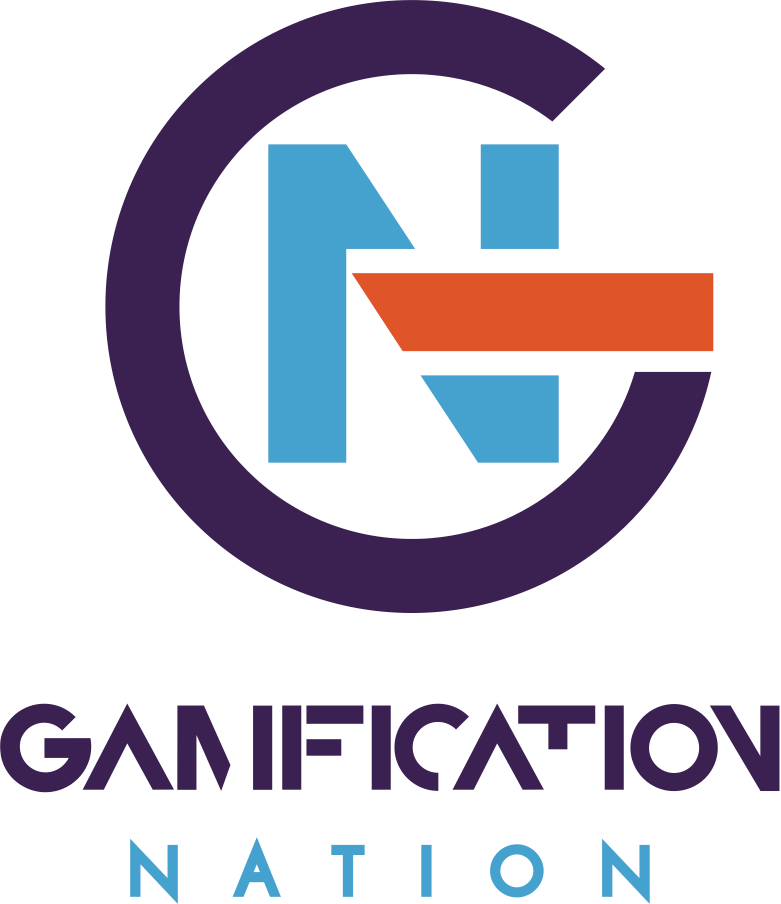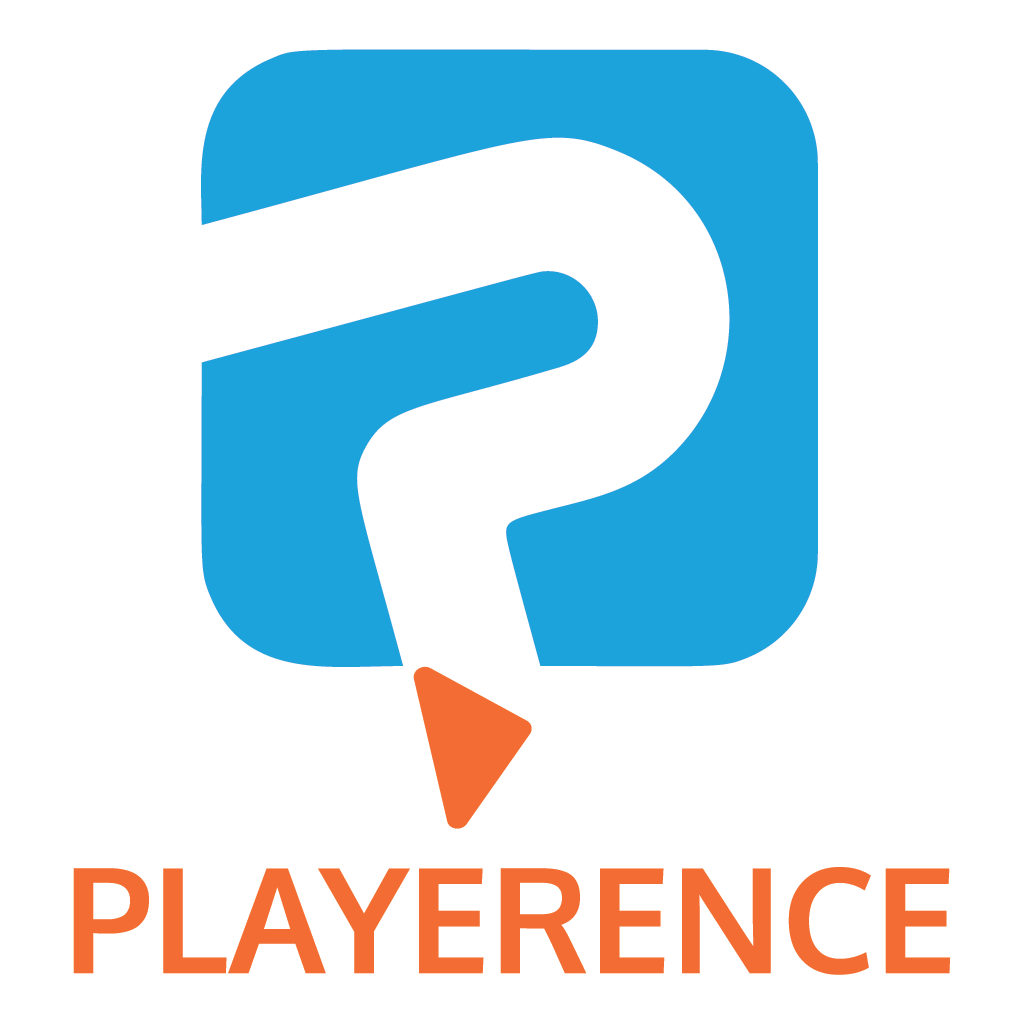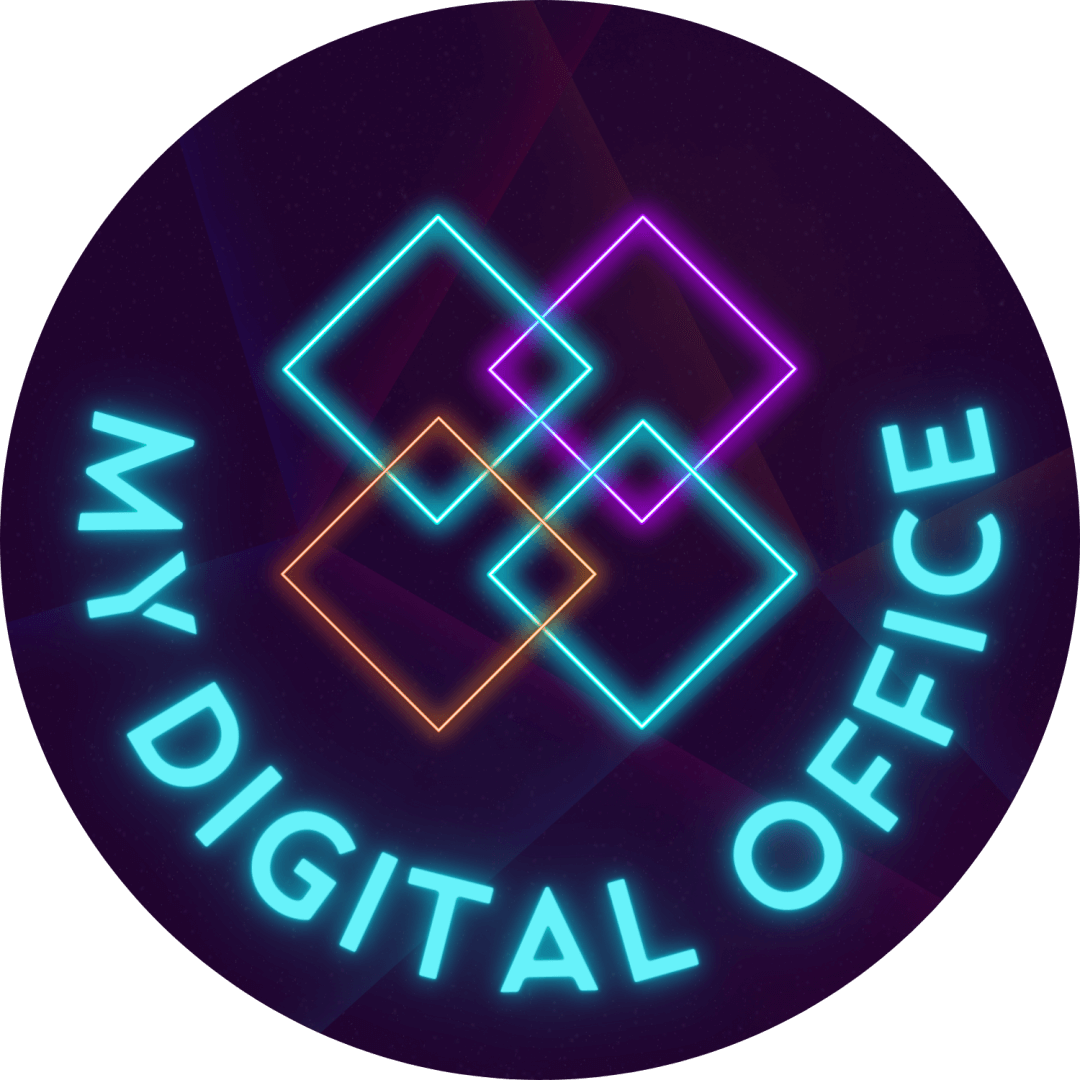It’s fascinating to see how trends rise, fall, and sometimes circle back. Not long ago, some industry insiders were declaring that gamification was dead. Yet, this afternoon, I opened my inbox to find two reports offering a completely different perspective. Both were packed with numbers forecasting an exciting future for gamification. One predicted the global market will surpass USD 11 billion in 2023, reaching USD 80 billion by 2033 with a CAGR of 21.7%, while the other offered a more conservative estimate of USD 37.5 billion by 2031, growing at over 20% CAGR. It’s amusing to reflect on these wildly contrasting reports, but what they really show is the strength and growth potential of gamification, despite the naysayers (even if they are industry insiders).
The truth is that gamification is alive and thriving, transforming how businesses engage customers and motivate employees. Whether you’re part of a global organisation or running a small business, understanding these trends can help you adapt and stay ahead in a world where engaging and motivating your audience is more critical than ever.
Every year I also tend to do a mid-year review so with the prompt of the reports I thought I would go ahead and do just that, a bit later than mid-year (I know). At the start of this year, I shared my insights into the key gamification trends for 2024, aimed at helping corporate decision-makers integrate these strategies into their business operations. As always, gamification continues to evolve, with some trends accelerating rapidly, while others are shifting in unexpected ways. What we couldn’t have predicted back in January was just how dominant AI would become, how economic pressures would push businesses to rethink their strategies, and how the metaverse continues to adapt to new ways of working and connecting.
So, here’s my mid-year review, updating the gamification trends based on what we’ve seen in the market so far. Whether you’re part of a large corporation or a small business, these insights will help you stay ahead, navigate these evolving trends, and make better use of gamification in your strategies.
1. Market Growth Projections and Analysis: What It Means for Corporations and Small Businesses
The gamification market is clearly on a sharp upward trajectory, driven by the rise of digital transformation and a growing desire for engagement in both customer and employee-facing processes. Whether you believe in the more optimistic forecasts of USD 80 billion by 2033 or the more conservative figure of USD 37.5 billion by 2031, one thing is certain: gamification is booming, and businesses of all sizes need to take note.
What Corporations Should Consider
Corporations can no longer afford to ignore gamification. If you’re looking to improve employee engagement, customer loyalty, or even streamline training programmes, gamification provides a highly effective solution. This market growth shows that the investment in these systems can lead to tangible results. Whether it’s integrating gamified elements into internal training or offering customer rewards, the opportunities are vast.
How Small Businesses Can Use It
For small businesses, this market growth is equally exciting. Gamification is no longer just the playground of big corporations. Small businesses can use gamification to stand out in competitive markets without breaking the bank. Whether it’s offering a loyalty programme to keep customers coming back or creating gamified incentives for employees, the possibilities are endless. The good news is, you don’t need a massive budget to get started—gamification tools are becoming more affordable and accessible.
2. Generative AI: The Engine Behind Hyper-Personalisation and Efficiency
In January, I predicted that generative AI would play a major role in gamification throughout 2024. At the time, platforms like ChatGPT and DALL·E, Co-Pilot, Gemini, Watson, Claude, etc. were starting to show businesses just how transformative AI could be. Fast forward to now, and AI isn’t just a buzzword—it’s become integral to corporate operations. From real-time content generation to hyper-personalised customer experiences, AI is taking gamification to a new level.
The most significant shift has been in the sheer speed and efficiency AI brings to gamification. In learning and development platforms, AI can now adapt to an employee’s progress in real-time, generating tailored learning paths that evolve as the learner moves through content. In customer engagement, AI helps businesses create dynamic customer journeys, adjusting in real-time based on user interactions.
Corporate Impact:
For corporates, the power of AI-driven gamification lies in its ability to automate and personalise at scale. HR departments are using AI to create adaptive learning environments, where employees receive real-time feedback and customised training modules. Marketing teams are leveraging AI to build more engaging and personalised customer journeys, which increases customer loyalty and retention.
What It Means for Small Businesses:
AI is becoming more affordable, meaning small businesses can also benefit from AI-powered gamification. Simple tools that use AI to personalise customer experiences or tailor employee incentives are now accessible to small teams. Whether it’s a loyalty programme that learns from customer preferences or an employee performance tracker, AI allows small businesses to scale engagement in ways that were previously out of reach.
3. Behaviour Design in Gamification: Motivating Engagement Through Psychology
Behaviour design is becoming a central element of successful gamification strategies, I have always advocated for this and many peers in the industry too, but not everyone took it that seriously. It’s all about understanding the psychology behind user actions, motivations, and habits. If you have followed me for some time, I am probably preaching to the converted, but hey market research companies are now picking up on it too and that is not a bad thing. Companies that master behaviour design can create gamified experiences that resonate on a deeper level, driving user engagement, retention, and loyalty. Yes, we know and continue to see that those companies who allow us to build profiles from their target audience, get vastly better results. In fact, 65% of companies now prioritise behaviour design in their gamification efforts.
How Corporations Can Maximise Impact
For larger organisations, behaviour design is an opportunity to boost everything from employee motivation to customer loyalty. It starts by allowing and I would even add demanding that your gamification provider does a target audience analysis so that they have a clear view who the gamification is meant to engage. Quite frankly if you don’t understand their behaviour, you are wasting money on a thing called ‘pot-luck’. Let’s just say, I am a bit passionate about this. By setting clear goals, offering opportunities to your target audience to co-create, the level of impact will be higher by the mere fact of having created ownership and connection to the experience. This way businesses can build gamified experiences that keep people coming back. Whether you’re looking to engage employees in their learning journeys or retain customers through loyalty schemes, behaviour design can elevate your efforts.
A Blueprint for Small Businesses
Smaller companies can also benefit from behaviour design. Start by identifying key touchpoints in your customer or employee journeys. Gamified elements such as personalised rewards or challenges can increase both customer and employee satisfaction. For example, a local business might use milestones to encourage customers to spend more or refer friends, while a small team might motivate employees through gamified recognition programmes that reward individual contributions.
4. Hybrid Models: Blending Gamification with AR/VR to Create Immersive Experiences
The combination of augmented reality (AR), virtual reality (VR), and gamification is a fast-growing trend also referred to as mixed reality. By 2024, we’ll see more businesses blending these technologies to create immersive, interactive experiences that deeply engage users. Hybrid models are gaining traction because they offer an entirely new way of interacting with both training and customer engagement.
Corporate Applications of AR/VR and Gamification
For corporations, AR and VR open up endless possibilities for training, customer experiences, and virtual events. Imagine onboarding employees through a virtual reality experience that simulates real-world scenarios, or engaging customers in a gamified AR experience tied to your product or service. These hybrid models are proving to be both cost-effective and highly engaging, improving retention and effectiveness across the board.
Small Business Opportunities with Hybrid Models
You might think AR and VR are out of reach for small businesses, but that’s no longer the case. With affordable AR and VR tools becoming available, even small companies can create interactive experiences that attract and retain customers. A small shop, for example, could use AR to offer interactive displays or product demonstrations, while a small training company could utilise VR to offer virtual courses or workshops that stand out from the competition.
5. Skill-Based Gamification in Talent Assessment: Evaluating Abilities in Real-World Scenarios
Gone are the days of traditional multiple-choice tests for evaluating talent. Skill-based gamification is now the preferred way to assess abilities in real-world scenarios. Games provide an interactive platform where candidates can demonstrate key soft skills such as collaboration, problem-solving, and adaptability—critical traits for success in any business environment.
Corporations Leading the Way in Talent Assessment
For large organisations, gamified assessments are a game-changer. Instead of relying on standardised tests, you can evaluate candidates by placing them in simulated work environments. This not only provides a more accurate assessment of their skills but also offers a more engaging experience for the candidate. Moreover, the data gathered from these assessments can inform talent development programmes and help HR teams create targeted learning paths for employees.
How Small Businesses Can Use Gamification for Recruitment
Small businesses can also tap into gamified assessments without needing a large infrastructure. Using online platforms designed for skill-based gamification, small companies can test potential employees in scenarios that mimic real job challenges. This approach not only enhances the recruitment process but also gives small businesses an edge in identifying the right talent for their specific needs.
6. Ethical AI and Responsible Gamification: No Longer Optional
The rise of AI has also brought ethical concerns to the forefront. In my January forecast, I discussed the importance of ethical AI and responsible gamification. Since then, this has only intensified. As AI becomes more entrenched in our systems, the scrutiny over data privacy, bias, and the ethical use of AI has grown significantly. And to be honest, it should always have been ethical!
The need for ethical transparency in AI-powered gamification is critical. Whether you’re using gamification in employee training or customer engagement, ensuring that AI algorithms are fair and that user data is protected is essential for maintaining trust and reputation.
Corporate Impact:
Corporate governance and HR departments are responsible for ensuring that AI used in gamified platforms meets ethical standards. This involves regular audits of AI systems to ensure they don’t inadvertently promote bias or manipulate user behaviour unethically. Ethical gamification is becoming a core part of brand reputation management, especially as privacy regulations tighten worldwide.
What It Means for Small Businesses:
Small businesses may feel the pressure to comply with the same ethical standards. Transparency is key—whether it’s letting customers know how their data is used in a gamified loyalty programme or ensuring that employee training platforms aren’t promoting unhealthy competition. Implementing clear ethical guidelines will build trust and differentiate your brand from competitors who may not prioritise these concerns.
7. The Evolving Role of the Metaverse: Gathering Spaces for Connection
In early 2024, I spoke about the metaverse as a potential game-changer, particularly for corporate training and collaborative workspaces. The metaverse is not about VR headsets and more about creating virtual environments where people can gather and connect. While the hype surrounding metaverse technology has tempered a bit, we’re still seeing real-world applications emerge, particularly in the areas of remote work, digital twins in manufacturing, team building, and virtual events.
Collaborative virtual spaces are becoming more essential for companies with hybrid or remote teams. Instead of a traditional office, the metaverse offers a shared virtual environment where teams can interact, train, and problem-solve together. Gamification elements such as virtual rewards, leaderboards, and progress tracking enhance these interactions, making them more engaging and productive.
Corporate Impact:
For corporates, the metaverse is proving useful in remote team collaboration and virtual events. HR teams are using virtual spaces for onboarding new employees, and operations teams are finding that virtual collaboration in a gamified environment boosts productivity and employee engagement. As remote work continues to be the norm for many, the metaverse offers an innovative solution for maintaining team dynamics and communication.
What It Means for Small Businesses:
For small businesses, jumping into the full metaverse might still be a bit futuristic, but virtual meeting spaces and collaborative tools are becoming more affordable. Using these spaces for remote team-building exercises or client meetings with gamified elements can set your business apart. These tools can help small businesses feel larger, more connected, and more innovative without the overhead costs of physical offices.
8. Sustainability Through Gamification: Making Eco-Friendly Fun
Sustainable gamification was already a big focus at the start of the year, and now it’s even more relevant as businesses look for ways to promote corporate social responsibility (CSR) and engage employees in eco-friendly practices. What’s exciting is how gamification has started to make sustainability measurable. Companies are now using gamified platforms to track carbon footprints, incentivise sustainable actions, and reward employees and customers for making eco-conscious choices.
The integration of sustainability into gamified experiences is allowing businesses to make their CSR efforts tangible, with rewards and recognition given for achieving sustainability goals. This trend has grown faster than expected, with both large corporates and small businesses getting on board.
Corporate Impact:
For corporates, sustainability is no longer a side initiative—it’s part of the core business strategy. Gamified systems that encourage eco-friendly practices among employees or customers are improving both brand image and employee morale. Sustainability challenges or gamified tracking of corporate environmental impact are now common features in forward-thinking companies.
What It Means for Small Businesses:
Even if you’re running a small business, integrating gamified sustainability challenges can differentiate your brand. Offering rewards for reducing energy use, recycling, or supporting local eco-friendly initiatives can engage both employees and customers, while aligning your business with sustainability goals. It’s a simple way to show that you care about the planet while also boosting customer loyalty.
9. Wellbeing Gamification: A Business Imperative Amid Economic Pressure
As we navigate through 2024, economic pressures, inflation, and the cost of living crisis have significantly affected workplace morale and mental health. At the beginning of the year, gamified wellbeing was already on the rise, but now, businesses are accelerating their investments in platforms that promote mental health, stress management, and work-life balance.
Employees are seeking ways to manage stress, and gamified wellness platforms are offering them a fun, engaging way to do so. From physical activity challenges to mindfulness exercises, these platforms provide employees with the tools they need to stay healthy, motivated, and productive—even in challenging times.
Corporate Impact:
For corporates, integrating wellbeing-focused gamification into their HR strategies has become crucial. By using gamified wellness programmes, businesses can improve employee retention and productivity, while reducing burnout. Offering employees rewards for meeting wellness goals not only boosts morale but also shows that the company prioritises their wellbeing.
What It Means for Small Businesses:
Smaller companies can use gamification to create simple wellness programmes that engage employees without breaking the budget. Whether it’s a monthly step challenge or mindfulness exercises with rewards for completion, these programmes can foster a healthier and more motivated workforce. With a small investment in gamified wellbeing platforms, businesses can make a big impact on employee satisfaction. Look around for local providers or online solutions that can deliver for your team.
10. Real-Time Feedback and Data Analytics: Actionable Insights for All
At the start of 2024, I noted that real-time feedback and data analytics were becoming more integrated into gamification platforms. Now, this trend has evolved even further, with data-driven decision-making taking centre stage. Businesses are using real-time analytics to track employee performance, customer engagement, and gamification outcomes in ways that allow for immediate adjustments and optimisation.
What’s new is how this data is now more accessible than ever, even for smaller businesses. Cloud-based platforms allow companies of all sizes to gather and interpret valuable insights, leading to better gamification strategies that are based on real-time user behaviour.
Corporate Impact:
For large organisations, real-time feedback means being able to track micro-trends in employee and customer engagement. Management can quickly identify areas for improvement and tweak gamification systems to maximise effectiveness. HR and marketing teams are using these insights to keep engagement levels high while ensuring that the ROI of gamification is measurable.
What It Means for Small Businesses:
For smaller businesses, the democratisation of data is a game-changer. Real-time analytics tools are now affordable, allowing small businesses to track customer loyalty or employee performance and adjust their gamified systems for better results. Having access to this data gives small businesses the opportunity to make data-driven decisions that lead to better outcomes without needing a large team of analysts.
Future Outlook and Ethical Considerations: Balancing Innovation with Responsibility
Looking ahead, AI, behaviour design, and hybrid models will continue to dominate the gamification landscape, but we can’t overlook the ethical considerations that come with these advancements. As we adopt AI in gamification, it’s crucial to ensure that it’s used responsibly, respecting user privacy and avoiding biases in algorithms. Moreover, companies must focus on promoting healthy engagement to prevent gamification from becoming addictive or causing undue stress.
Ethical Considerations for Corporations
For larger organisations, maintaining ethical standards in AI-driven gamification will be vital. It’s important to regularly audit your AI systems and ensure they comply with ethical guidelines. By promoting responsible engagement, you’ll not only safeguard your reputation but also build trust with your employees and customers.
How Small Businesses Can Stay Ethical
Small businesses should also prioritise ethics from the start. When implementing gamification, focus on creating experiences that encourage positive behaviours rather than fostering addiction or unhealthy competition. By being transparent about how your gamified systems work and prioritising the well-being of your users, you’ll build stronger, more loyal relationships.
Conclusion: Gamification’s Ever-Evolving Role in 2024
As we move through 2024, it’s clear that gamification is adapting and growing in response to technological advancements and shifting business priorities. From the explosion of AI and its ethical implications to the evolving role of the metaverse as a gathering space for connection, gamification is more relevant than ever for engaging employees, customers, and stakeholders. Whether you’re a large corporation or a small business, the trends we’ve seen so far this year offer exciting opportunities to innovate, engage, and succeed.
The rest of 2024 will undoubtedly bring even more changes, but one thing remains clear: gamification is here to stay. Companies that effectively harness these trends will lead the way in building engaged, motivated, and high-performing teams, while keeping their customers loyal and satisfied. It’s a fast-evolving landscape, and those who adapt will reap the rewards.





